On day # 3 of our drive from Ottawa to Calgary, Will and I left Thunder Bay in snowfall. Traffic was light this Easter Monday morning, but we drove slowly on the slush-covered highway. The Great Lakes behind us, we were into what I’d call the least scenic section of our trip. Stunted trees interspersed with occasional railway towns. We wondered what we’d encounter at the Manitoba border, having read that the province had set up border patrols on the incoming highways as part of their effort to combat COVID-19. Manitoba has the lowest number of coronavirus cases of any province west of New Brunswick and wants to keep it that way.
![Dryden, Ontario, day 2 008[1]](http://susancalder.com/wp-content/uploads/2020/04/Dryden-Ontario-day-2-00811-300x225.jpg)
The snow stopped by lunch time and rays of sunshine emerged. We bought Subway sandwiches in the town of Dryden and parked beside the Moose statue for our car picnic lunch. Today’s drop in temperature to below freezing, with brisk wind, made the picnic table by the moose not the least bit tempting.
The scenery perked up around Lake of the Woods. We stopped in Kenora for gas and restrooms in the station’s convenience store. When we found the restrooms closed, the store clerk directed us to a local Tim Hortons restaurant. Somehow we missed it and found ourselves on the highway out of town. Fortunately, Will remembered a Tourism Ontario restroom a short distance ahead. It was open, with signs above the sinks telling us not to drink the rust-coloured water.
Refreshed, we approached the Manitoba border with our story prepared.
‘Yes, we know the government told everyone to go home weeks ago, but we had to stay in Ottawa to help our son through his medical treatment. We aren’t travelling for fun, we’re going home; look at our Alberta license plate.’
Entering border control was similar to entering a construction zone. Neon signs, pilons narrowing the road and a woman holding a sign instructed us to slow down. We stopped by a man, who held a long pole out to our car window with a sheet of paper attached to the end.
“This might contain information that applies to you,” he said.
Will grabbed the paper. “No questions?”
“Nope.” The man smiled and waved us on.
I liked the friendly way they handled this. The paper’s one page message advised international and domestic travellers to Manitoba to self-isolate for 14 days, along with the usual COVID-19 instructions for social distancing and handwashing.
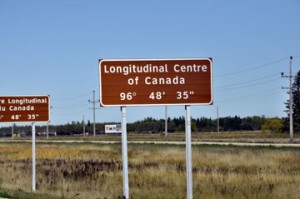
Soon we were in flat prairie, and two lane divided highway that would continue all the way to Calgary. Now in the middle of our trip, we passed Lorette, Manitoba, the longitudinal centre of Canada, as determined by a measurement of the distance from Canada’s farthest outlying islands on the east and west coasts.
The rivers in Winnipeg looked high to us, judging by the trees standing in the water rising up the banks. When we checked into our hotel, the reception clerk said that most hotels in the city were closed and we wouldn’t be bothered by people in our hotel because no one was here. An exaggeration, since a half dozen cars were parked in our courtyard that night. But with all of our hotels about 1/4 occupied and no one in the common areas, we were barely aware of others staying in our accommodations.
No answers from the first two restaurants we called to order our takeout dinner. With lucky call # 3 we chose a large grilled salmon meal to share.
Over dinner, Will said that his biggest memory of this trip so far was seeing almost everything closed. But there’s always an upside. Low traffic made the driving comfortable and easy. The empty restaurants and near-empty hotels were grateful for our business. Our hotel rooms were quiet, with no noise from neighbours and the street. It felt like whatever services were open and the whole infrastructure were there just for us and the other isolated travellers unable to #stayhome.

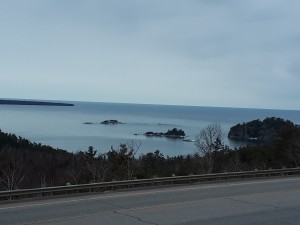
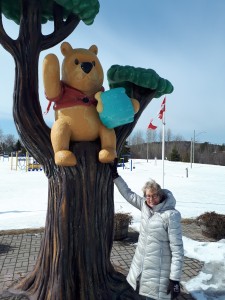
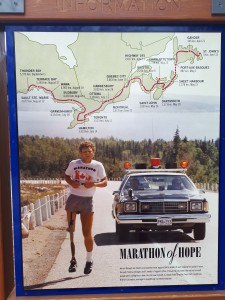
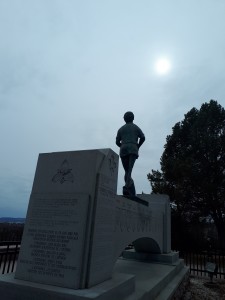
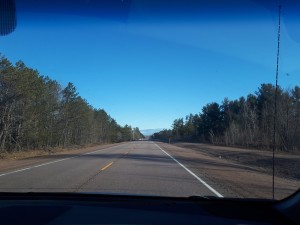
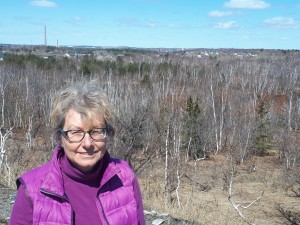
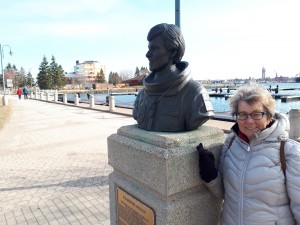

































![1008936_187006308127497_389414903_o[1]](http://susancalder.com/wp-content/uploads/2019/05/1008936_187006308127497_389414903_o1-300x197.jpg)
